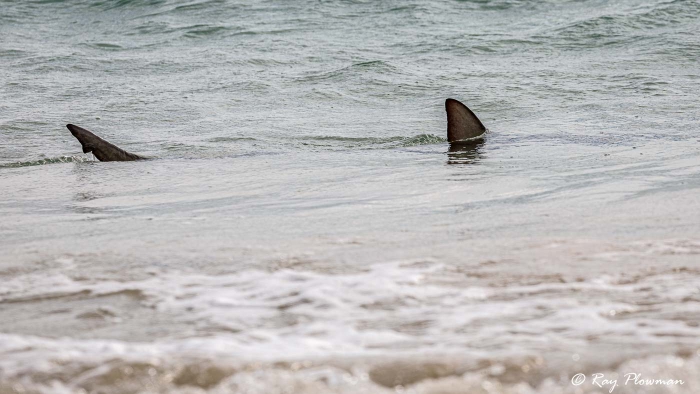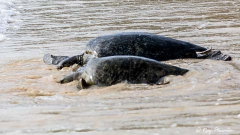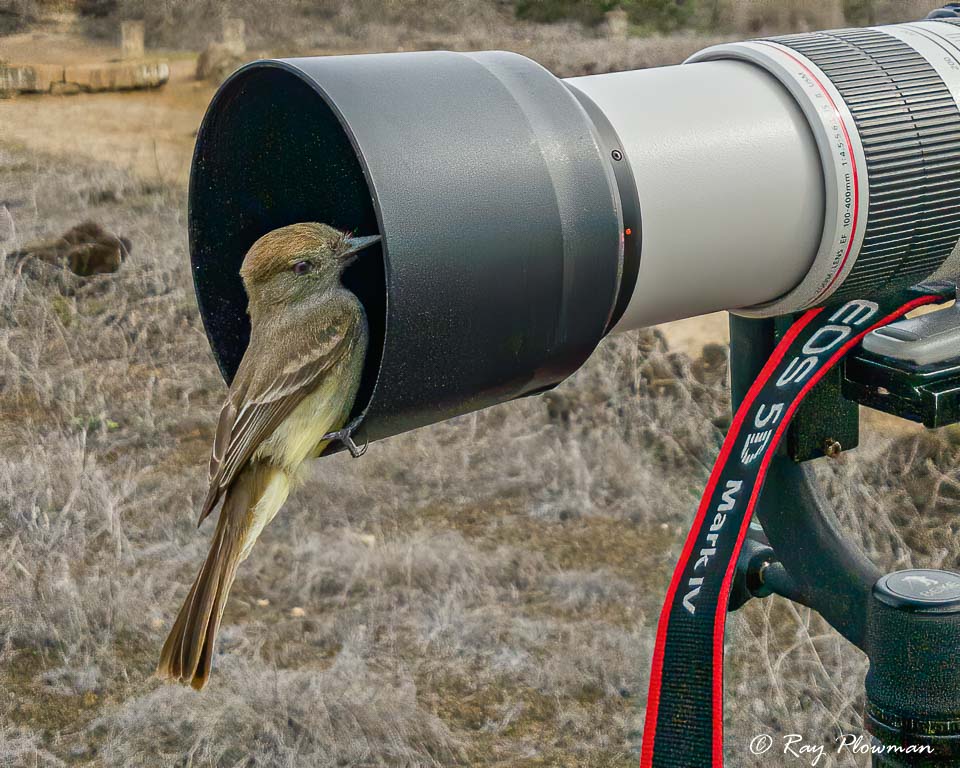Floreana – Punta Cormorant, Post Office Bay
The two sites we visited on day twelve were Floreana – Punta Cormorant and Post Office Bay.
Floreana is in the south of the archipelago and has many historic firsts: Whalers established a mail barrel in 1793. It was home to the first Galápagos resident, and Ecuadorians colonized it in 1832. Also, it has an intriguing human history with several mysterious disappearances in the 1930s. Moreover, the island has lost large areas of native habitat, also threatened by invasive species, and twelve wildlife species are locally extinct. Sadly, the Floreana mockingbird is amongst those extinct. Furthermore, it is home to the critically endangered island endemic medium tree finch.
Punta Cormorant
Following the voyage from Punta Suárez on Española, we anchored in a bay just north of Cormorant Point. After an early breakfast, we went ashore, making a wet landing on Green Sand Beach. The main highlight was endangered green turtles and the Galápagos shark on White Sand Beach.

Galapagos shark at Punta Cormorant
While the female green turtles were coming to nest on the beach, a Galápagos shark (Carcharhinus galapagensis) came close to the beach.
Wildlife at Punta Cormorant
[foogallery id=”17243″]
Wildlife at Punta Cormorant
After landing on Green Sand Beach, it was a short walk through some mangroves at the back of the beach to a salt lagoon. After photographing flamingos, we followed a path across to the east coast and White Sand Beach. Endangered female green turtles were coming ashore to nest. While photographing them, a Galápagos shark came in close to the beach.

A male and female turtle then came ashore together. The presence of the shark may have forced the male turtle ashore. Moreover, Galápagos sharks are known to predate sea lions and fur seals (Ref 1).
The gallery above also features a yellow-crowned night-heron on the rocks at White Sand Beach. While walking back to Green Sand Beach, I stopped at a viewing area overlooking the salt lagoon. There were some flamingo nests but too far to photograph them successfully.
We had a panga ride to Devils Crown; unfortunately, there was no wildlife to photograph.
Post Office Bay
We headed for Post Office Bay by mid-morning, making a wet landing on the sandy beach early afternoon. After sorting postcards in the ‘mail barrel’, our guide then left us on our own to walk the beach while others went snorkelling. We were back on board by 4:30 pm, ready for the cruise north to Dragon Hill on Santa Cruz. During the voyage, we encounter bottlenose dolphins bow wave surfing our boat.
Wildlife at Post Office Bay
[foogallery id=”17245″]
Post Office Bay Wildlife
After landing at Post Office Bay, our guide and fellow traveller sorted postcards to take home and deliver. I am not into these touristy activities; however, I managed to spot and photograph a male Floreana lava lizard nearby. Then, our guide left us to walk the beach while he watched over the snorkelers.

Galapagos Flycatcher
The wildlife displayed in the gallery above includes – a semipalmated plover, male and female medium ground finches, check, blue-footed boobies (I love to photograph these guys).
The Galápagos flycatcher got up close and very friendly, attracted by its reflection in my long lens. I had to photograph the bird using my phone camera.
Unfortunately, the guide hurried us back to the boat.
Voyage to Dragon Hill on Santa Cruz
[foogallery id=”17246″]
Marine wildlife
Once back on board, we cruised towards Dragon Hill on Santa Cruz. About 10km (5NM) north of Floreana, a pod of dolphins joined us to surf our bow wave.
References and Bibliography – Online Resources
1. Galapagos Shark 2021. [Online] Available from Galapagos Conservation Trust [Accessed 18-Sep-21].
2. Carcharhinus galapagensis 2021. [Online] Available from Shark Reference.com [Accessed 18-Sep-21].